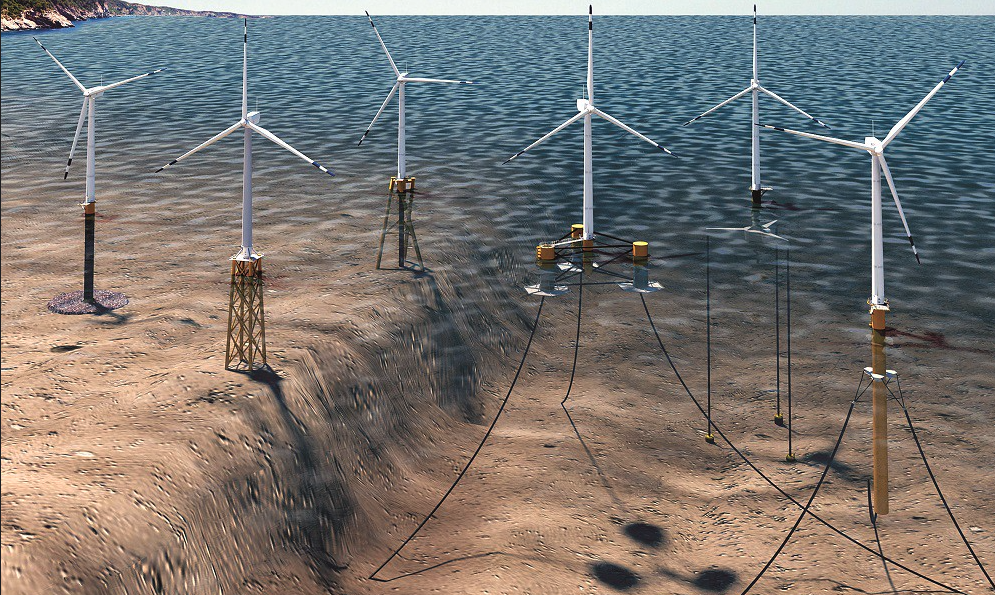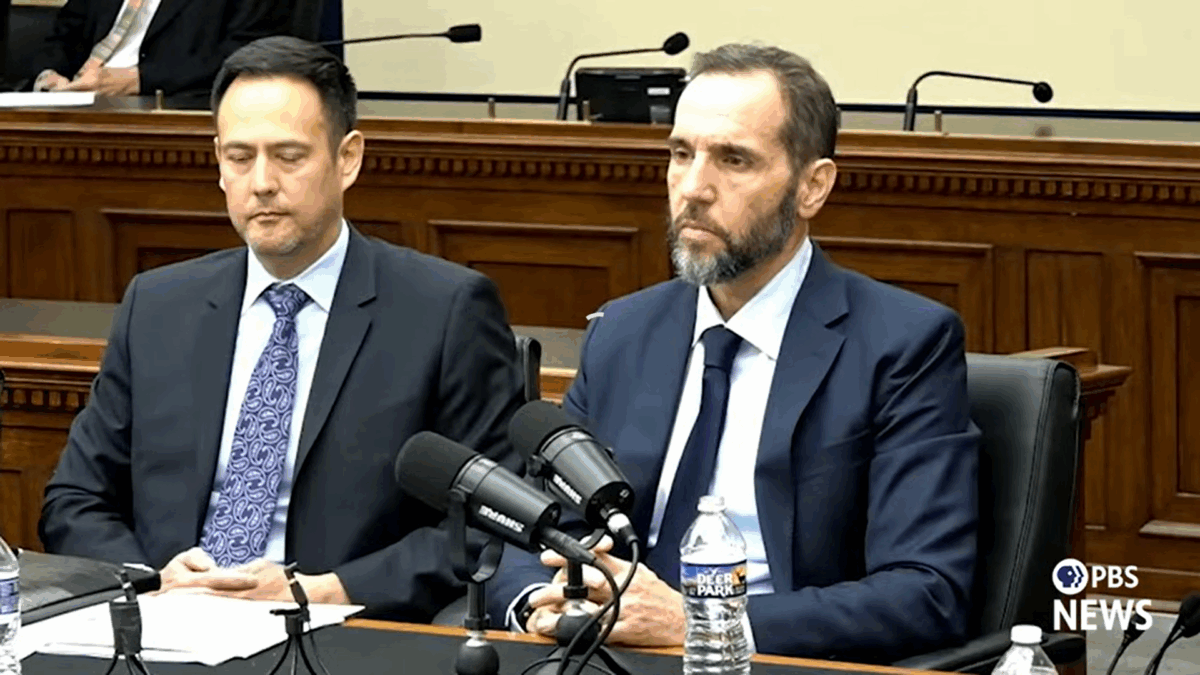
Time’s person of the year is a teenage activist famous for castigating adults across the world over their perceived inaction on climate change. Other activists tell us the world is burning down around us and we’re doing nothing to stop it.
Politicians and scientists are forcing policies on people and employers in moves to supposedly save the world without offering realistic, cost-effective, alternative energy sources. Of all the ills facing our world, climate change isn’t one killing millions yearly. It’s interesting that the left is focusing so intensely on this issue, forcing worldwide changes to economies, families, and nations with no track record of success either in themselves or at addressing climate change.
The recent U.N. climate talks finished without widespread consensus. Most countries came and left without new plans on how to reduce their carbon emissions in any meaningful fashion. The biggest, most ambitious plan out of the talks in Madrid was the EU’s so-called Green Deal, wherein it plans to reduce net carbon emissions to zero by 2050.
This deal will reshape the economy and energy usages across the continent. The expressed hope of this accord is a lofty one: to slow or arrest global climate change, in line with the U.N.’s Paris Agreement. “The pact’s intention is to keep the global average temperature rise to well below 2C. This was regarded at the time as the threshold for dangerous global warming, though scientists subsequently shifted the definition of the ‘safe’ limit to a rise of 1.5C above pre-industrial levels.”
Human Costs of the EU’s Green Deal
The real-world costs of this plan are staggering. The EU’s plan also ignores that the single biggest producer of carbon emissions in the world is China. This Green Deal won’t save the environment or pull the world back from disaster, but it will cost a whole lot of money — and wreck economies in the EU that center around fossil fuels, pushing most of the burden on countries that rely on these fuels to run their grids, such as Poland.
Countries like Poland rely heavily on coal for power, with coal making up 80 percent of its energy. The industry is also one of the nation’s largest employers. Ending or sharply decreasing coal mining in Poland results in a real human cost: joblessness, soaring unemployment, and a decrease in the standard of living. It’s easy to see why cutting coal is contentious for the nation.
It’s also terribly short-sighted, considering Poland’s economic growth and success over the last three decades.
The country has been recording high levels of growth since 1989 and is making strides in catching up with Western Europe. The Polish economy has become a key European success story. Since 1995, Poland has also become the fastest-growing large economy in the world among large countries at a similar level of development. It is beating even the Asian tigers such as South Korea, Singapore and Taiwan.
Poland has been open about its inability to transition to other power sources without more financing from the taxpayers who support the European Commission. So-called green energy is expensive to implement, and Eastern European nations are already struggling. Forcing them to abandon a huge part of their economy and jobs rapidly will be disastrous for the nation, reversing decades of growth and prosperity for the country’s inhabitants.
It’s also the tragic reality that the EU has a growing number of elderly and sick people who are unable to heat and cool their homes, leading to deaths and illnesses that should have been prevented. Where in this plan is care for the most vulnerable citizens of the EU? It’s missing completely.
The Monetary Costs of the Green Deal
The Green Deal comes with money and a plan. €100 billion has been earmarked to help move EU countries away from coal. In addition, they punitively tax pollution-producing industries. This money, and how it should be divided, is causing issues with the very bonds that tie the EU together.
“The bloc’s Central and Eastern European members are demanding additional funds, seeking to preserve so-called cohesion money earmarked to help poorer countries catch up with wealthier Western European counterparts. The richer EU members refuse to fork out more cash.” In addition, the European Investment Bank (EIB) will be lending €1 trillion for “climate action and environmental-sustainability investments” over the next decade.
Additionally, current green or renewable energy sources still come with environmental costs. They’re expensive — often exorbitantly so, with each of the 28 member countries needing some €575 billion every year to cover these costs of implementing green energy — and still have negative impacts on wildlife, habitats, and workers involved in sourcing the parts. Even implementing these energy sources doesn’t guarantee ridding emissions problems.
If the EU has all this money to throw around, perhaps it’s time to examine North Atlantic Treaty Organization spending and funding, and why the USA is responsible for “69% of overall defense spending by NATO member states.” If the EU has money to spend, it’s time to make its expenditures on its own defense more proportionate, instead of continuing to allow U.S. taxpayers to fund their security while they use their own tax revenue for unproven fantasies like the Green Deal.
Not to mention, countries across the EU are struggling to fund pensions already promised to existing and retired workers. Workforces are too small to pay for retirees, especially in nations where retirement ages have moved as low as 55. According to the Wall Street Journal:
Europe’s population of pensioners, already the largest in the world, continues to grow. Looking at Europeans 65 or older who aren’t working, there are 42 for every 100 workers, and this will rise to 65 per 100 by 2060, the European Union’s data agency says. By comparison, the U.S. has 24 nonworking people 65 or over per 100 workers, says the Bureau of Labor Statistics, which doesn’t have a projection for 2060.
Just as electric cars and their batteries have troubling costs for the workers who mine the cobalt, consider the implications for the workers and the environment when governments and activists force fast moves into green energy. Sometimes the negative consequences are unforeseen.
If the EU expects this agreement to spur on the rest of the world, the amount of discord and the high price tag is a poor way to work toward that goal. The EU won’t be able to lead by example if other countries can see what its Green Deal is actually headed toward: economic ruin, job loss, and more unwanted governmental regulations and intrusion, rather than altering the climate in a positive fashion. Otherwise, this is all posturing. Expensive posturing.









